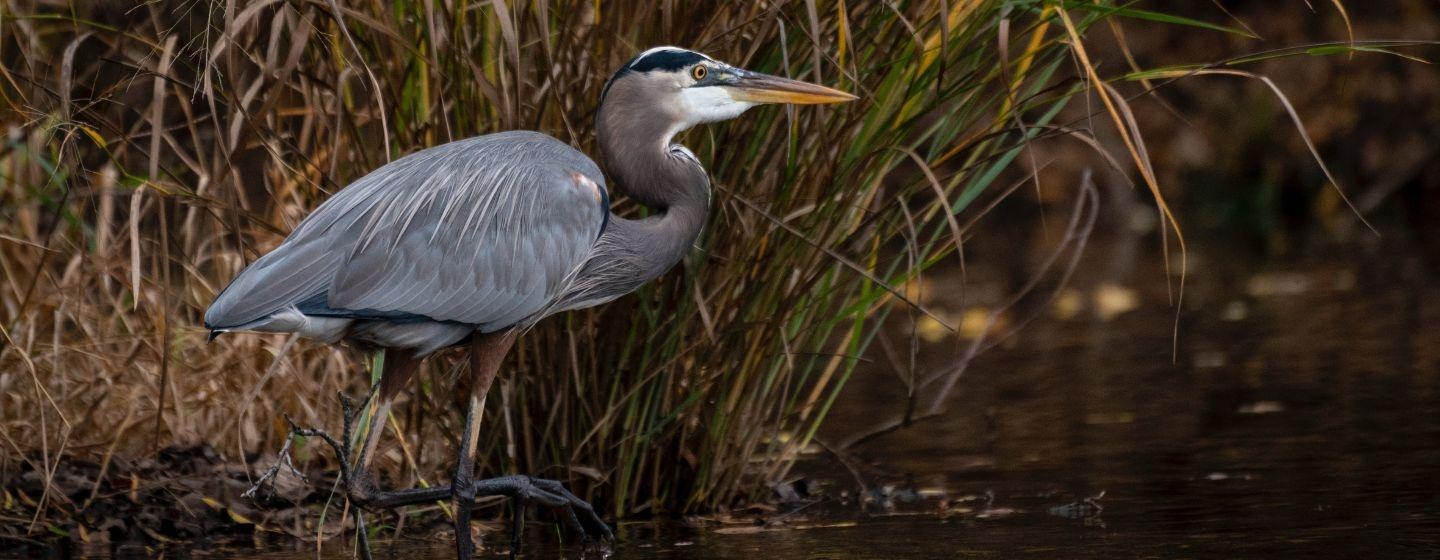Restoring a North Carolina Wetland


My parents always told me that it takes time to do a project the right way. And the bigger the project, the more time it takes.
So, it’s probably no surprise that it took the North Carolina Coastal Federation almost 20 years to create the North River Wetlands Preserve in eastern Carteret County. The primary goal of the project is to return farmland back to its original state by replacing rows of what used to be soybeans and potatoes with forested, freshwater and tidal wetland.
That, in turn, improves the water quality of downstream rivers and reopens the waters for shell fishing.
The 6,000-acre restoration project is one of the largest wetland restoration projects in the country.
“It’s a pretty rare opportunity to actually see nature come back in its glory and see a system the way it should be,” said Todd Miller, executive director of the North Carolina Coastal Federation. “It’s really gratifying knowing that we’ve created not only a beautiful wetland but also made for a healthier coast and helped clean the water downstream.”
Wetland habitats protect water quality, prevent floods and serve as critical territory for unique plants and animals.
But for much of the nation’s history, people thought wetlands were unsanitary and harmful.
The NC State Extension Service reports more than one million acres of wetlands in North Carolina were drained for development or farming.
The problem is that draining the wetlands not only destroys critical habitat, but it also harms water quality far away from the area.
“Anytime a vegetated area is changed in a way that allows water to move faster, it picks up everything that is happening on that surface,” said Bree Charron, North Carolina Coastal Federation coastal engineer. “On farmlands, that means sediment, but also everything that could be attached to this sediment, like nutrients, herbicides and pesticides. Our goal for the project was to slow everything down, and let rainwater soak in and percolate through the groundwater to the streams and creeks.”
The first step in the project was to close ditches that drained water from the farm and keep the water on the land. The ditches were closed by excavating areas of the farm and using the soil to build an elevated dam, or dike, around the perimeter of the farm. The area where the soil was taken was turned into a salt marsh.
“We’ve created several types of habitats during the restoration work, including mudflats, open water, emergent wetlands and forested wetlands,” said Mark Smith, land manager for the North River Wetlands Preserve.
The next step of the project was planting trees and plants. Miller estimates that around two million trees were planted on the preserve over the past 23 years. Those trees then seeded and naturally added another million trees to the area. After that, nature takes its course.
The project was funded with a variety of grants and a combination of public and private partnerships. The North Carolina Coast Federation hopes to add more land to the preserve. The group also wants the project to inspire others.
“The project is massive, but it’s not big enough,” said Miller. “It’s going to take the continued investment of people and resources to replicate these types of projects.”